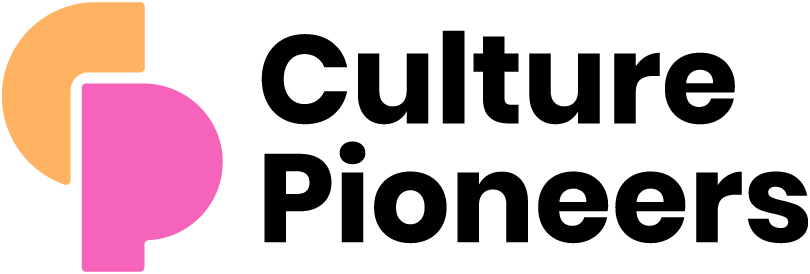With the significant shifts we’ve witnessed in the workplace over the last three years, the gap between what people expect from the workplace and what leadership offers their people is widening.
Many are claiming there is an empathy gap – and there is certainly the data to back this up. For example, 90% of employees surveyed listed perks such as flexible work and childcare as their most-wanted benefits, but less than half of their employers offered these.
To close this chasm between leadership and their people, HR often operates as the bridge. However, to effectively advocate for the changes which are necessary to retain talent and nurture business culture, HR needs to have a firm grasp on the data that will back this up.
We explore practical ways your team can achieve this in the following article.
Create a plan
Look at the data and reporting capabilities of your current HR solution before mapping out what you’ll present to leadership.
HR teams often face large workloads, and so it will be crucial to examine how long it will take to retrieve the data you need for your report.
Sometimes drilling for specific data and displaying it in a form that is easily digestible for your leadership team can be a time intensive process.
This evaluation will also allow the identification of any important areas that are lacking in data, giving your team the time to curate what may be needed for any reports going to leadership.
HR should collaborate with other departments such as finance, legal and IT to align and validate data
Build a dependable and trustworthy data foundation
Historically, there has been apprehension when it comes to HR data due to factors such as human error, lacking a single source of truth or out of date practices.
HR should collaborate with other departments such as finance, legal and IT to align and validate data.
While this may not have an overnight impact, HR’s data credibility will gradually improve, providing the reputation needed to present key findings to leadership when change is needed in your organisation. You may also decide to adopt a single cloud-based HR system, which resolves these issues from the source.
Be thoughtful about analytics
It’s important to make sure you’re being as efficient as possible with your report. When you present data to leadership your team may want to focus on adding ‘forward-looking’ conclusions based on the data you’ve collected, such as how learning and development investment links to employee engagement or retention.
Don’t just display your data, but clearly link together the patterns you want to draw attention to and map out the actionable opportunities your team wants to take.
Consider what data leadership has asked for in the past, and what data they will need to see to make a fully informed decision.
Gathering external data on the results other organisations have had when they’ve implemented the changes you’re advocating for can also be a powerful asset for leadership that may be doubting your internal predictions.
It’s important to make sure you’re being as efficient as possible with your report
Don’t forget your bottom-line
In most organisations, leadership is focused on the bottom line. It can sometimes be this factor which causes leaders to lose sight of what matters to their people, causing the empathy gap in their own organisation to open up.
Therefore, these kinds of reports are an opportunity to demonstrate how the engagement and wellbeing of their people is entwined with their bottom line.
So, whether the investment is time, people, resource or money, account for this in your report and share data that proves the ROI will be worth it in the end.
This could be the cost savings of reduced employee churn, increased productivity or improved engagement as a result of the culture changes your team delivers.







